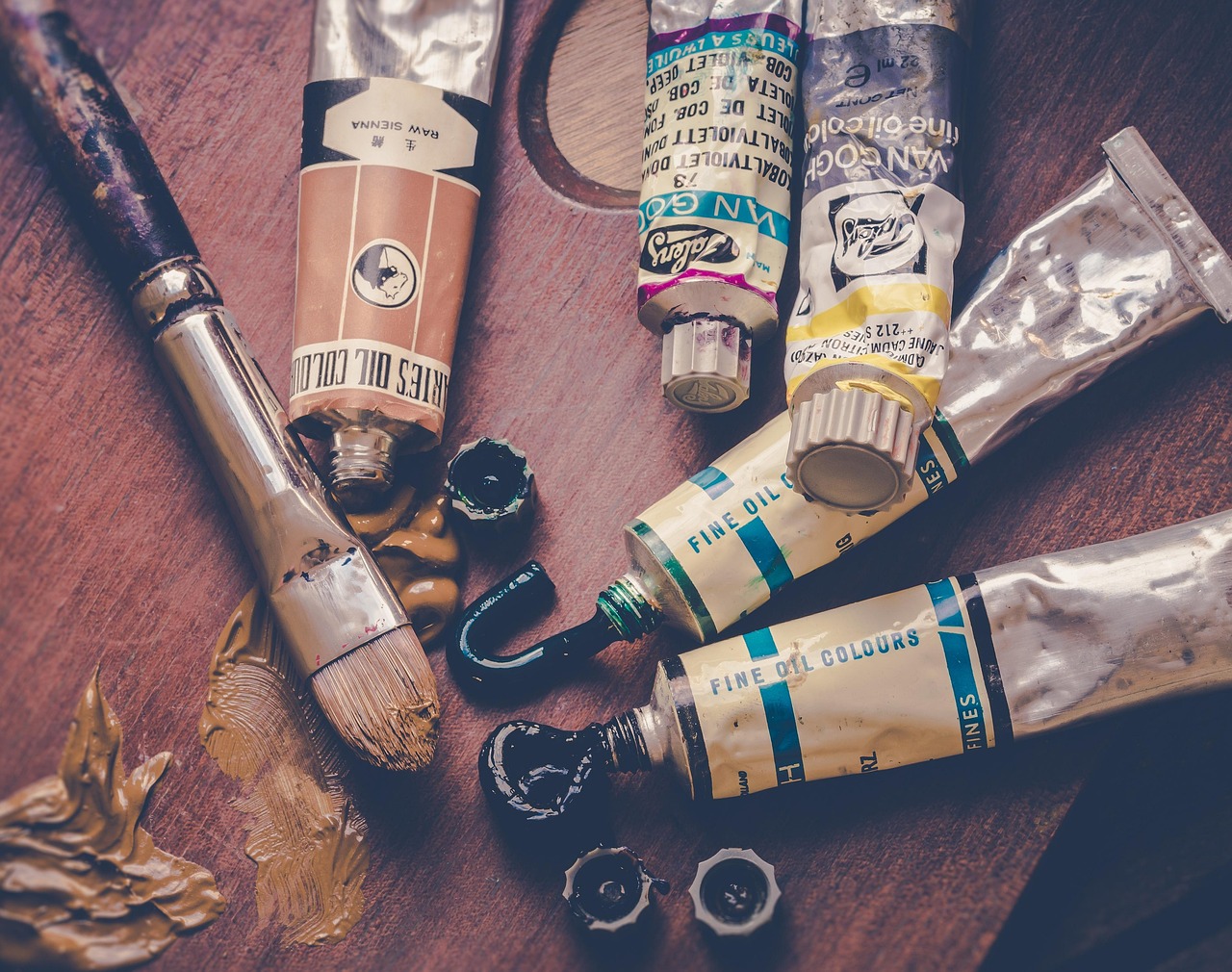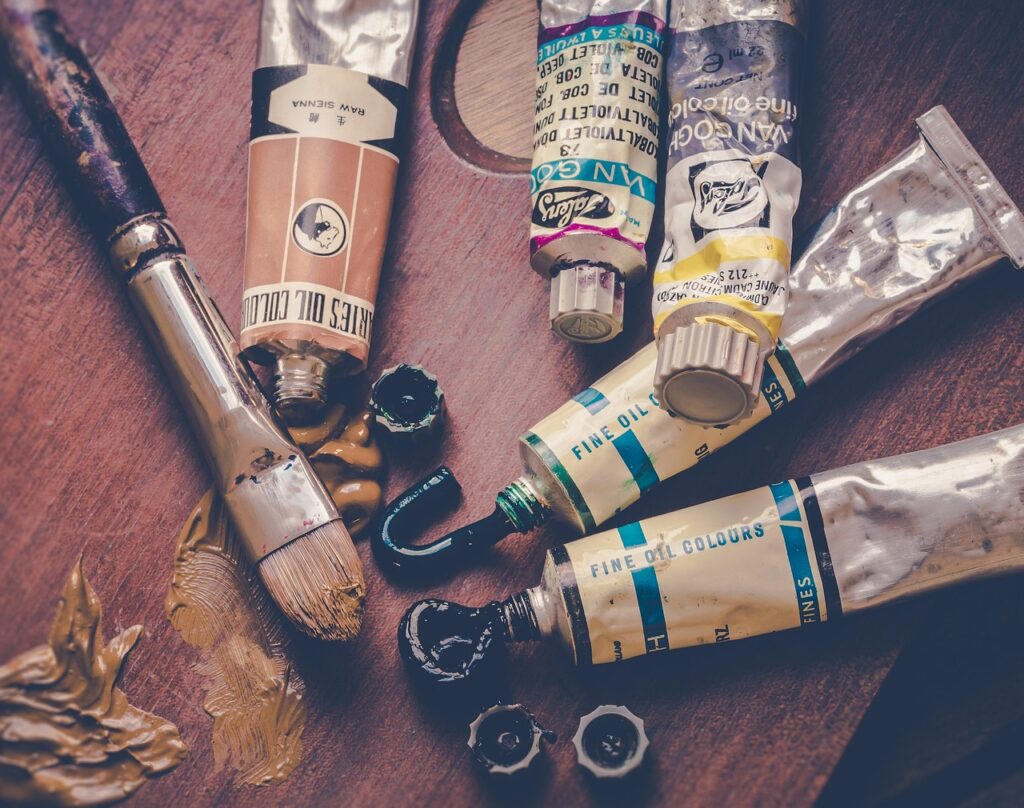
Watercolor painting has a timeless charm that attracts artists of all skill levels. For those just starting out, it might feel a little daunting, but the beauty of watercolour is in its fluidity and unpredictability.
With the right guidance, beginner water color paintings can quickly transform from simple experiments to beautiful works of art.
Whether you’re looking to explore water color art for beginners as a hobby or as a serious creative pursuit, this guide will help you learn watercolor painting in an approachable, step-by-step way.
Why Choose Watercolour Painting?
Watercolor painting offers a unique experience compared to other mediums. Its transparent layers and the way colours blend seamlessly give artworks a light, almost magical quality.
For beginners, it’s an especially rewarding medium because even simple techniques can produce stunning results. Plus, watercolors are relatively affordable and easy to set up, making them perfect for those just starting their creative journey.
If you’ve always admired delicate floral paintings, soft landscapes, or expressive abstract art, you’ll be pleased to know that water color art for beginners covers all these styles and more.
(Painting in Watercolor: The Indispensable Guide)
Materials You’ll Need to Get Started
Before diving into watercolor painting for beginners step by step, it’s important to gather the basic supplies:
- Watercolor Paints: Start with a simple set of primary colours (red, yellow, and blue). You can mix these to create a wide range of hues.
- Brushes: Invest in a few round brushes of different sizes. These are versatile and ideal for both broad washes and fine details.
- Watercolor Paper: Use thick, textured paper specifically designed for watercolors. Regular paper will buckle and tear when wet.
- Palette and Water Jars: A palette for mixing colours and at least two jars of clean water—one for rinsing and one for clean washes.
Having these essentials on hand will ensure you’re ready to follow along and enjoy your learning process.
Watercolor Painting for Beginners Step by Step
Now let’s walk through some simple steps to create your first beginner water color paintings.
Step 1: Start with Basic Washes
Practice flat washes by loading your brush with diluted paint and applying it evenly across the paper. Then try a gradient wash, where you gradually add more water as you move down the page. These exercises help you understand paint flow and brush control.
Step 2: Explore Wet-on-Wet and Wet-on-Dry Techniques
In wet-on-wet, you apply paint to damp paper, which causes the colours to spread and blend naturally. It’s great for backgrounds or dreamy effects. In wet-on-dry, you paint on dry paper for sharper, more defined edges. Practising both will add variety to your beginner water color paintings.
Step 3: Experiment with Colour Mixing
One of the joys of watercolor painting is discovering new colours by mixing your paints. Try blending two primary colors to see what secondary shades you can create. This will enhance your understanding of color theory and give you a more vibrant palette.
Step 4: Add Simple Details
Once your base layers are dry, use a smaller brush to add details. Even in water color art for beginners, small touches like leaves on trees or veins in petals can bring your painting to life.
Step 5: Learn to Layer
Layering involves painting one color, letting it dry, and then adding another layer on top. This technique adds depth and dimension to your work, transforming flat images into dynamic compositions.
(The Figure in Watercolor: Simple, Fast, and Focused)
Tips for Success
- Be Patient: Watercolor requires drying time between layers. Rushing can lead to muddy colours.
- Embrace Mistakes: Some of the most beautiful effects in watercolor come from happy accidents. Let the paint flow!
- Practice Regularly: Like any skill, consistency is key. Set aside a little time each week to practise.
Watercolor painting for beginners step by step is a journey filled with discovery and joy. With simple tools and a willingness to experiment, anyone can enjoy the relaxing and rewarding process of creating art. Whether you’re aiming to create peaceful landscapes, colourful abstracts, or delicate florals, beginner water color paintings offer endless opportunities to express yourself.
Remember, water color art for beginners doesn’t have to be perfect. Focus on enjoying the process and celebrating each small success along the way.
As you continue to learn watercolor painting, you’ll not only improve your skills but also find a deeper appreciation for the beauty of this enchanting medium.
So grab your brushes, mix your colours, and let your creativity flow freely on the page!
Amazon.com do great starter art kits – everything you need to get started in one bundle. Click here to view.


